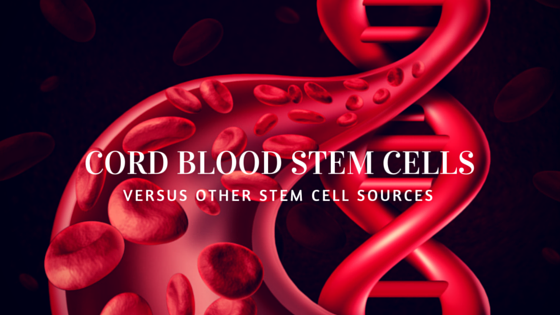
A newborn baby’s umbilical cord and placenta are rich sources of stem cells that can potentially treat more than 80 different diseases. These are different from the stem cells obtained from a child or an adult. The cord blood stem cells can grow into blood and immune system cells, as well as other types of cells in the body such as neuronal cells of the brain and cartilage and muscle cells.
Learn more about the different types of stem cells found in the cord blood and their uses >>
Stem cells found in the cord blood are considered to be the ‘youngest’ and ‘freshest’ types of stem cells. What this means is that because they are just a minute old and do not have the immune history that other stem cell sources such as bone marrow and peripheral blood in our bodies have. They are more readily accepted by the patient in a transplant setting, and studies show there is a lower incidence of Graft Versus Host Disease (when the patient’s immune system rejects the transplanted cells).
Find out the differences between cord blood stem cells and bone marrow stem cells >>
The Main Advantages of Cord Blood Stem Cells
Stem cells found in the cord blood also have a broader match potential in comparison to stem cells from other sources because they do not need to be an exact genetic match due to the nature of the stem cells present in the cord blood. Having cord blood stem cells stored at birth means that they are readily available to be shipped immediately should the need for transplant within the family arise. This saves valuable time searching public banks for an exact genetic match for the patient.
Read more advantages of saving your baby’s cord blood stem cells >>
{{cta(‘ae01fd22-6f64-4988-9019-a8571f755c1c’)}}


